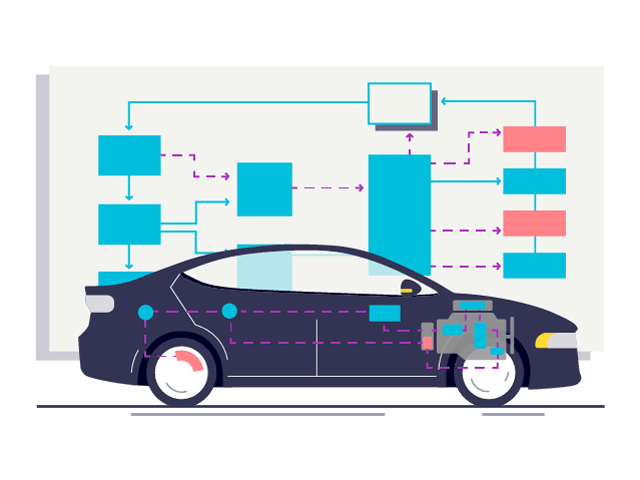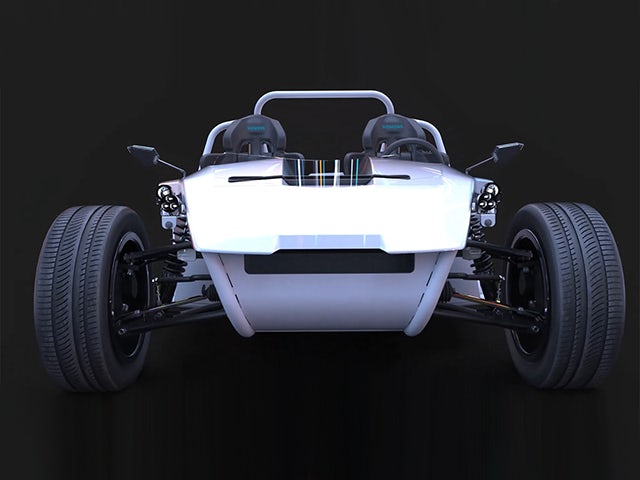Start integrated. Stay integrated.
Integrate product architecture with system models, requirements and parameters inside product lifecycle management (PLM) to drive the entire product development process.
Author system models with a standard methodology
Stop the costly document-oriented spec-design-build cycle with a more collaborative way to create integrated product blueprints. System modeling, guided by an ISO standard systems methodology, captures product architecture, interfaces, requirements and parameters in one place. Integrating with PLM scales the process to enable continuous integration.

Manage product architecture with standard PLM services
Imagine a configured parameter tracing back to an architectural decision. System modeling with parameters, functions and interfaces participate in PLM services like configuration, change and workflow. This can also associate with a trade study, tied to requirements, downstream to parts, suppliers, simulations, processes, tests and more.

Continuous model-based collaboration with suppliers
Use supplier collaboration services to share portions of system models with suppliers while protecting your IP through integrated architecture inside PLM and SysML v2 compliance. Suppliers can continuously provide progress feedback for integration, thus creating model-based design chains (MBDC).

Try systems engineering for Aerospace & Defense
Start your trial in minutes and learn to build your own sophisticated aerospace model-based systems engineering solution. Integrate the resulting design by collaborating across suppliers and the internal organization, with no installation required. We create the environment for you!

Take a trial run in systems engineering for Automotive
Start your trial in minutes and learn to build your own sophisticated automotive model-based systems engineering solution. Integrate the resulting design by collaborating across suppliers and the internal organization, with no installation required. We create the environment for you!

